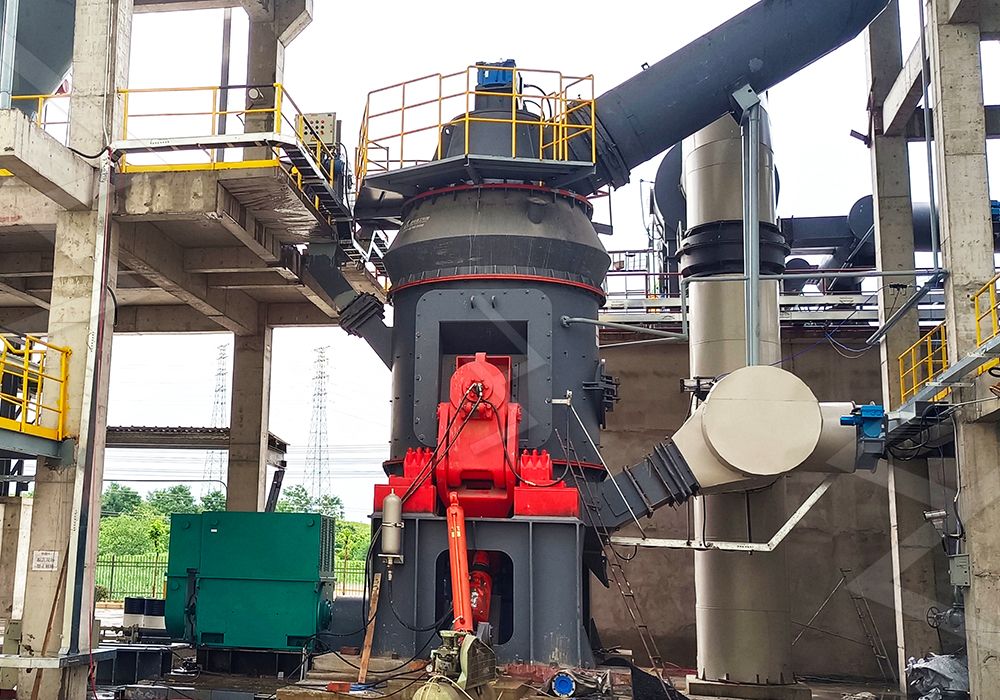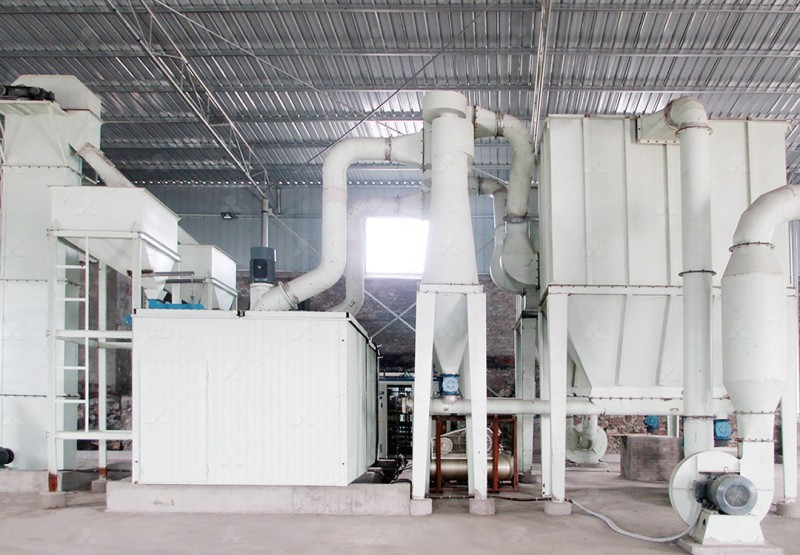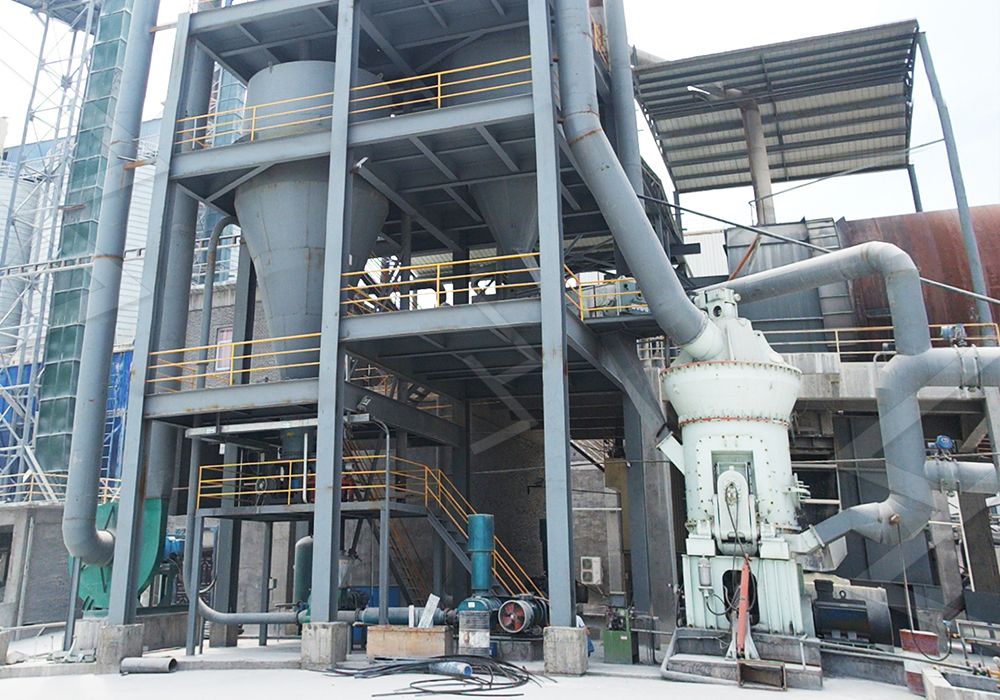How to Determine the Optimal Feed Table Diameter for a Vertical Roller Mill
We provide a wide range of mills — including Raymond mill, trapezoidal mill, vertical mill, ultrafine mill, and ball mill, obtained ISO9001 international quality certification, EU CE certification, and Customs Union CU-TR certification. Suitable for processing minerals such as limestone, phosphate, quicklime, kaolin, talc, barite, bentonite, calcium carbonate, dolomite, coal, gypsum, clay, carbon black, slag, cement raw materials, cement clinker, and more.
The discharge range of these mills can be adjusted to meet specific processing needs, typically from 80-400 mesh, 600-3250 mesh, and can achieve the finest particle size of up to 6000 mesh(D50).
If you are looking for a reliable grinding solution to turn stone or minerals into fine powder, please feel free to contact our online customer service.
How to Determine the Optimal Feed Table Diameter for a Vertical Roller Mill
Selecting the right feed table diameter for your vertical roller mill (VRM) is crucial for achieving optimal grinding efficiency, product quality, and overall operational stability. This parameter directly influences material retention time, grinding pressure distribution, and airflow dynamics within the mill. An improperly sized table can lead to issues like poor particle size distribution, increased energy consumption, and premature wear of grinding components.
Several key factors must be considered when determining the optimal diameter. The most important is the feed material characteristics, including hardness, abrasiveness, moisture content, and initial feed size. Harder, more abrasive materials may benefit from a larger table diameter to ensure sufficient grinding time and reduce specific pressure on the rollers. The desired production capacity (tph) and product fineness are also primary drivers. A larger table diameter generally supports higher throughput capacities.

Furthermore, the mill’s classifier efficiency and airflow rate work in tandem with the table size. A well-sized table creates a stable, evenly distributed material bed, which allows the classifier to efficiently separate fine product from coarse material that needs recirculation. The mill’s drive power and roller configuration must also be matched to the table size to apply the necessary grinding force without causing excessive vibration.
For operations requiring ultra-fine powders with high precision, the MW Ultrafine Grinding Mill is an exceptional choice. Designed for customers who need to make ultra-fine powder, it handles inputs up to 20mm with a capacity range of 0.5-25 tph. Its cage-type powder selector, adopting German technologies, allows precise fineness adjustment between 325-2500 meshes, achieving a high screening rate of d97≤5μm. A significant advantage is the absence of rolling bearings and screws in the grinding chamber, eliminating worries about related failures and enabling external lubrication without shutdown for continuous 24/7 operation.

Another excellent solution for precision grinding is the LUM Ultrafine Vertical Grinding Mill. It integrates advanced grinding roller and powder separating technology for higher yielding rates and better product quality. Its unique design avoids traditional problems like long lingering time and high iron content. Featuring a reversible structure, maintenance is simplified as the grinding roller can be easily moved out of the body for checking and replacing wear parts, significantly reducing downtime.
In conclusion, determining the optimal feed table diameter is a complex balancing act that requires a thorough analysis of your material, production goals, and mill mechanics. Partnering with an experienced manufacturer like us ensures you get not only the right mill design but also the expert support for optimal performance. Our MW and LUM series mills embody the engineering excellence needed to tackle the most demanding grinding applications efficiently and reliably.

